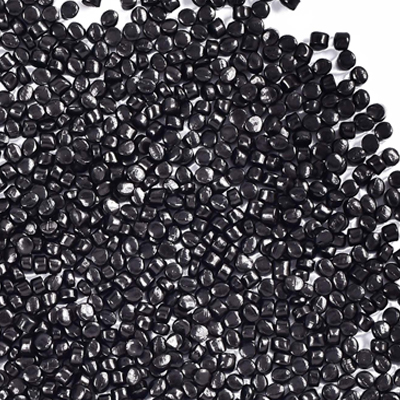Polypropylene black masterbatch is a kind of textile black masterbatch, which is divided into polyester black masterbatch, polypropylene black masterbatch and nylon black masterbatch. The principle is to melt the black masterbatch on the polypropylene fiber, and some of the common black shirts in our lives are also colored by the polyester black masterbatch. For some high-quality factories, more attention will be paid to the quality requirements of polypropylene masterbatches. So, what income does the polypropylene black masterbatch bring to the textile factory?

It reduces the production cost of textile factories. Because the black particles of polypropylene have good dispersion, it is caused by the uniform distribution of carbon black in the polypropylene fiber, the key is that the pigment particles are fully refined and evenly distributed in the polypropylene fiber (mixing). The use of polypropylene masterbatches allows textile factories to greatly reduce the production costs of additional dispersants and colorants. Generally speaking, the particle size of the pigment dispersion is less than 1um to be used for fiber or ultra-thin film, more than 10um will lead to spots on the surface of the fiber, streaky, and with the increase of the particle size of the fiber breaking strength, elongation continues to decline. The smaller the particle size, the stronger the coloring power, the better the dispersion, and the smaller the particle size makes the surface increase, resulting in an increase in hiding power. The traditional textile coloring pigment particles are coarse and large, about 75-250um, while the polypropylene black masterbatch particles break and refine such particles in the processing process, and the carrier is wrapped up. After refining, the particle size decreases, the surface area increases, and the free energy of the surface of the pigment also increases, resulting in the instability of the refined pigment. Therefore, further coating treatment is required on the surface of the pigment to reduce the newly formed interface surface energy and prevent reagglomeration. Then, the pigment is mixed and dispersed in the melt, that is, the wet and crushed pigment is evenly dispersed and distributed into the material that needs to be colored. So now more and more textile factories prefer to use polypropylene environmentally friendly black masterbatch.